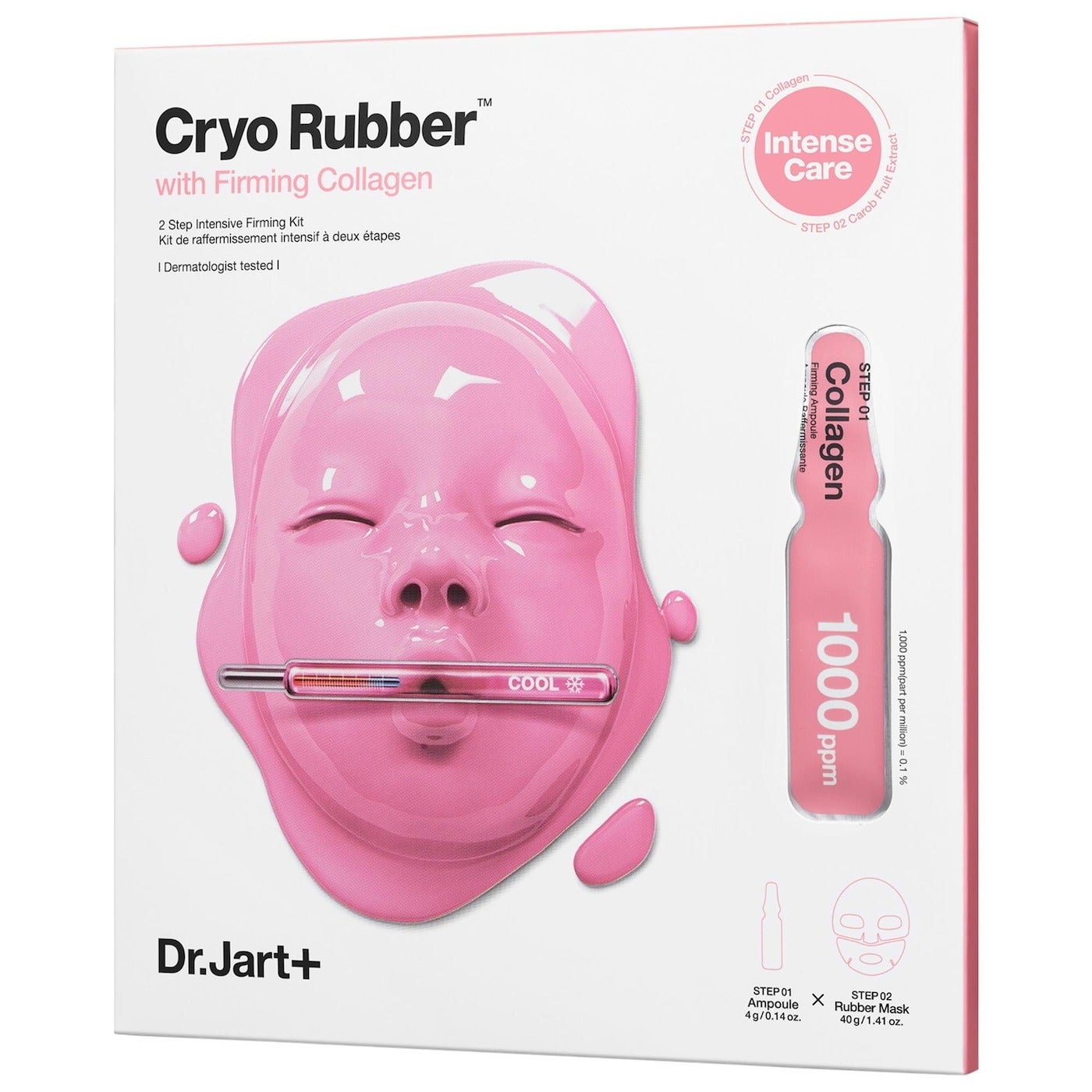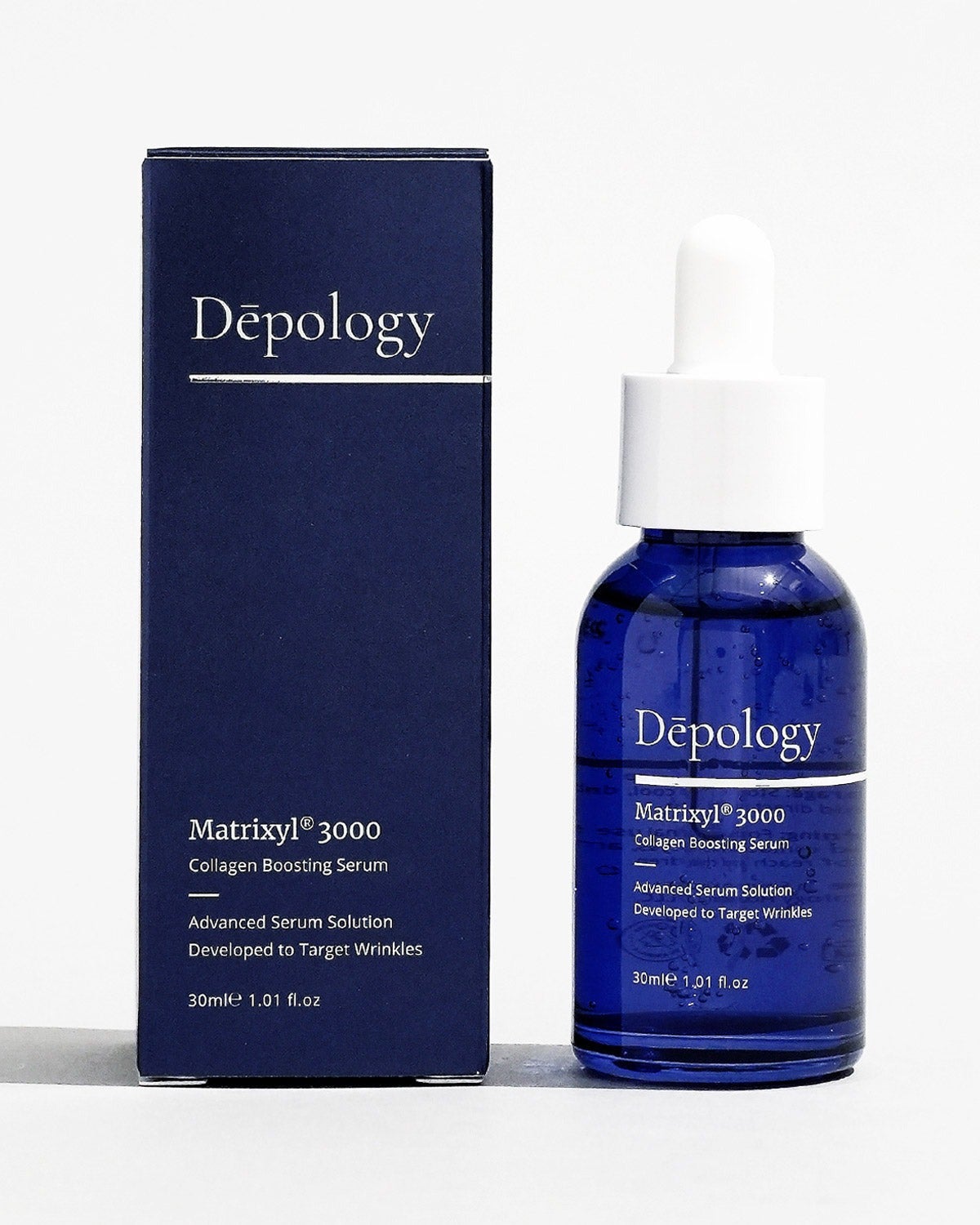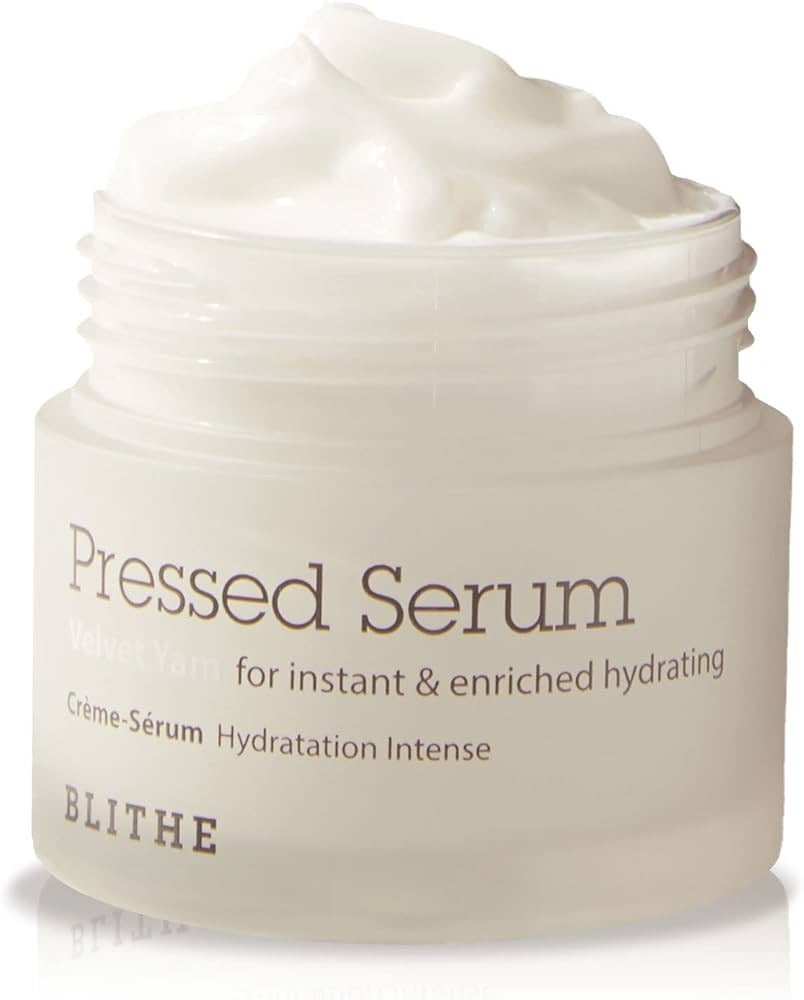Skin Experts Think Snail Mucin Is Controversial, But Not For The Reason You Might Assume
Photo: Courtesy of Cosex.
If your FYP is anything like mine, it’s full of people recommending products they bought on TikTok Shop. Whether it’s a pebble ice maker, the Sol de Janeiro fragrance mists, or that unavoidable shadow work journal, it seems like every day there is a new reason to spend a little bit of money while swiping through. But the one thing I’m seeing all over my TikTok shop recommendations are products with snail mucin, aka the slippery viscose liquid that snails ooze to keep them hydrated. The hashtag #snailmucin has over 750 million views on TikTok. People who use it are hailing it as a hero ingredient, claiming it’s "better than retinol", a savior for those on Accutane, and “worth every penny” due to the ingredient’s ability to boost hydration, smooth texture, and promote collagen production.
AdvertisementADVERTISEMENT
But much like every other ingredient out there, snail mucin isn’t without its naysayers. Users report hives, breakouts, and fungal acne, as well as a possible correlation between dust mite allergies, shellfish allergies, and an adverse reaction to the mucin itself. My own allergies were triggered by using snail mucin with small bumps forming on my face seemingly out of nowhere. I found myself wondering exactly why that was happening, so I reached out to beauty experts to see if we really should be taking the concept of ‘slugging’ literally.
What is snail mucin and why is it good for your skin?
Snail mucin is a slimy, sticky substance secreted by snails to protect themselves from predators and keep them moist. In skincare, it's a powerhouse ingredient: Snail mucin is made up of glycosylated proteins (protein molecules attached to sugars) and contains polysaccharides (a naturally occurring component that helps the skin to hydrate and retain water), as well as growth factors, copper peptides, allantoin and glycolic acid — all ingredients that are moisturizing and hydrating.
It’s important to note that snail mucin isn’t a new ingredient — the ancient Greeks, including Hippocrates (he’s the guy with the oath that doctors take not to cause harm), used it to try and help treat skin inflammation and heal wounds. “About six years ago, the K-beauty market revived snail mucin," explains Dr. Martin Smith, allergist, immunologist, and founder of Untoxicated Skincare. “Generally, the Korean market isn’t afraid of experimenting with new ingredients, and it soon took off. Only in the past year has it made its way to the US, after there was a surge of videos on TikTok and Instagram.” He believes that one of the reasons it has become so popular is actually because of the virality and shock value of applying snail ooze to your face, not because it is some miracle cure-all. “I have had at least a dozen patients ask me about snail mucin in the last six months. Almost all of them heard about it on TikTok,” Dr. Smith shared.
AdvertisementADVERTISEMENT
The other issue with snail mucin is that many of the results you see are anecdotal, and there hasn't been much clinical research done on the ingredient. There’s also the questionable ethics of its retrieval. Dr. Sanjay Batra, Co-Founder of WETHRIVV and former Adjunct Professor at the Wake Forest Institute for Regenerative Medicine, explains: “Snail mucin is a defensive mucus that comes when the snail is under threat — think poking it with a stick — or worse, exposing it to high G-force in a centrifuge, or even exposing the snail to heat or chemicals to force them to release the mucin.” However, dermatologist Andrea Suarez, MD, FAAD, also known as Dr. Dray, who is vegan, explained in a YouTube video review of the now-viral CosRX Advanced Snail 96 Mucin Power Essence, that the snails aren’t harmed in the process of extraction, and if the snails are being harmed it can cause changes in the mucus’ composition and eventual efficacy. Not to mention, testing cosmetics on animals in Korea is banned. Basically: Happy snails, happy life.
How does snail mucin cause allergies?
That’s the biggest question: How does snail mucin cause skin reactions and exacerbate dust mite and even shellfish allergies, exactly? “One reason I could find for this is that the protein that triggers the dust mite allergy is similar to a protein in terrestrial snails, so when our body encounters snail protein, it reacts similarly to how it would when it comes across the mite protein, triggering an allergic reaction in those sensitive to one or the other,” says cosmetic chemist Javon Ford.
AdvertisementADVERTISEMENT
Dr. Smith found this information less than surprising: “Snail mucin and snails contain a pretty allergenic enzyme called tropomyosin. This enzyme is also found in other arthropods or animals with an exoskeleton, such as shellfish and the common house dust mite, that may contribute to nasal allergies.” Dust mites are microscopic little bugs that live in our bedding and mattresses. They feed off our dead skin cells and are a common cause of year-round allergies. Smith shared that studies have shown that 15% of people who are highly allergic to dust mites are also allergic to crustaceans, including shellfish and, well, snails.
The other challenge with snail mucin is that the secretion of the mollusk Cryptomphalus aspersa, or the good old garden snail, is considered a “xeno,” or foreign protein for humans. Xeno proteins can cause an allergic reaction that can be dramatic, like inflamed skin or acne. Dr. Batra compares it to having a key with no lock. “Growth factors are highly species-specific. Snail (or plant) derived growth factors do not have receptors in humans, which is what they need to bind and signal cells to do all the regenerative things that marketers claim, like stimulating our fibroblasts [cells] to produce new collagen.” He explains that snail mucin might be effective due to being a part of the skin’s response to stress, rather than a coordinated regenerative and physiologic response.
Okay, but what if I’m having an allergic reaction to snail mucin?
First, recognize the symptoms of a possible reaction to snail mucin. “If you experience burning, redness, rash, dryness, or itching after using snail mucin, stop using it immediately,” recommends board-certified dermatologist Dr. Naana Boakye MD, MPH, FAAD. Symptoms can occur immediately or within two weeks of regular application, so proceed with caution during those two weeks. If you mainly feel stinging and burning after the mucin touches your skin, you may be having an irritating reaction. if you have concerns about allergies or sensitivities, every expert consulted for this story recommends doing a patch test on the inside of your forearm to see if you may react to snail mucin. If you’re extra concerned, it’s always best to consult a dermatologist.
AdvertisementADVERTISEMENT
In the case you do find yourself struggling with an adverse effect from snail mucin but want similar moisturizing benefits, try collagen, found in Medicube Collagen Glow Bubble Serum or Dr. Jart+ - Cryo Rubber Mask with Firming Collagen. Then there's glycerin like in Then I Met You Birch Milk Refining Toner or COSRX Propolis Light Ampoule, and hyaluronic acid, such as Peach & Lily Glass Skin Refining Serum or innisfree Green Tea Hyaluronic Acid Serum. Depology Matrixyl 3000 Collagen Serum includes all of these ingredients if you’re looking to maximize your serums and get the most bang for your buck.
shop 6 products
For those who want a vegan alternative to snail mucin, try phytomucin or a mucin derived from plants like the deeply moisturizing wild yam in Blithe Skincare’s Velvet Yam Pressed Serum, or okra, like in JAYJUN Okra Phyto Mucin Deep Enhancing Cream. Oh, and CosRX, known for its snail mucin products, has a vegan alternative in the Galactomyces 95 Tone Balancing Essence.
AdvertisementADVERTISEMENT
I don’t want to sound like a hater — I applaud snail mucin for what it represents in beauty. It was one of the ingredients that led the introduction of K-Beauty into the American market nearly a decade ago, which was a cultural reset for our beauty industry. Korean beauty brands now known for their products with snail mucin, like CosRX, Soko Glam, and NEOGEN were my introduction to the world of K-Beauty, and to this day make alternative, yet similarly effective products that I adore. If it works for you and it doesn’t harm you, I’m not here to yuck your yum in the slightest.
At Refinery29, we’re here to help you navigate this overwhelming world of stuff. All of our market picks are independently selected and curated by the editorial team. If you buy something we link to on our site, Refinery29 may earn commission.
AdvertisementADVERTISEMENT
















